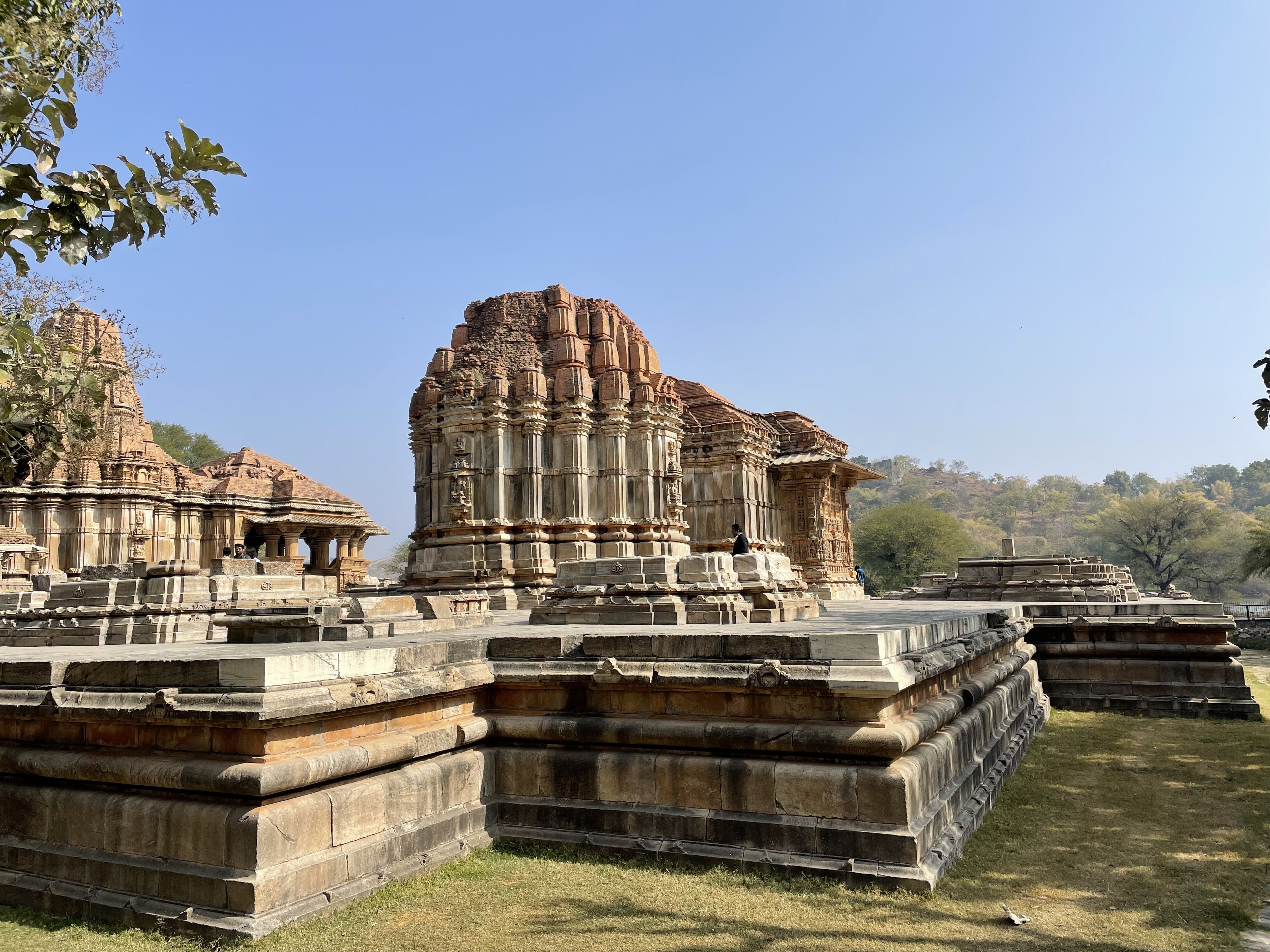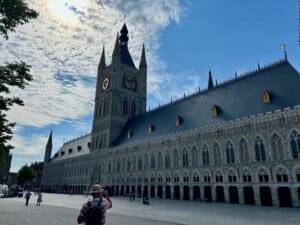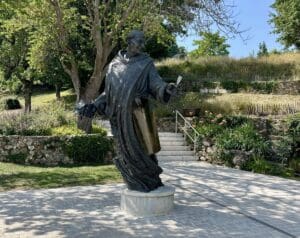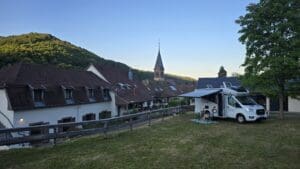As I said before, Rajasthan is literally full of palaces and temples. This day we therefore devoted to some temples that are located a little outside Udaipur. While we were still on the move, we squeezed in an animal sanctuary as well.
We were helped by the hotel to book a driver, which is by far the easiest way to get around. It is certainly possible to rent a car, but I would never dream of driving myself in the traffic chaos that prevails and it is probably more expensive too. For a day's rental of a car with a driver, we paid approx. SEK 500, and it could certainly have been possible to lower the price somewhat, but it felt like it was perfectly fine with this amount.
We started by going to Eklingji Temple which is located in a small village, Kailashpuri, about two miles from Udaipur. There is a ban on photography in the temple, so we unfortunately do not have any pictures from there. The temple is dedicated to Shiva and built in the 7th century, but demolished and rebuilt a number of times over the centuries.
One would think that temples are places for contemplation and reflection but not in India. In the temples there is often full action. Here people sing and mass with full force, preferably accompanied by drums and bells. A rather exciting and different experience for us who are used to moving as quietly as mice when visiting some kind of shrine.
One observation we made is that religion seems to have a very big meaning for ordinary people in India. Several people we spoke to told us, for example, that they used to pass the temple on their way to work in the morning to pray for a good day. As a non-believer living in an extremely secularized country, it is almost a little difficult to imagine. How often do you see a guy in his 20s taking a turn around the church before work in Sweden? We must simply state that we are all different, and luckily that is.





The journey took us on to the small village of Nagda where you can find the Sahastrabahu temple. There is apparently some language confusion over the name of the temple, it is also called Sas-Bahu or Sahastra Bahu, but that is how it turned out when the name was to be translated into English. Nagda was once an important city in the area and it is believed that it may even have been a former capital of Mewar, hence these magnificent ruins dating from around the 9th century. The temple is beautifully situated overlooking a lake and is not very touristy so it is a rather nice stop during the excursion.
Around Rajasthan there are places where work is being done to restore and recreate the temples' former glory. An example is the Nagahyuda Jain Mandir which is also located in Nagda. The temple is built entirely of white marble and everywhere there were large blocks of marble that had to be ground to fit into the old temple. What a craft!



What would be the highlight of the day trip was the Monsoon Palace, which can be seen all the way down from the city, boasting its white splendor. Now we were very happy that we had our driver. He maneuvered the car up the slope with gusto and handled the oncoming cars with a cheerful honking. We sat in the back seat with our breath in our throats and our fingers around our noses to equalize the pressure as we got higher. When the driver then explained that he had to turn off the AC in order for the car to get up, we could only cross our fingers that everything would go well.
The palace was built in 1889 as a summer residence for the royal family and was actually supposed to be much bigger, but the maharaja who built the palace died unexpectedly at a young age and therefore it was not as big as first thought. We had spied on this white palace which was lit up so beautifully in the evening darkness and maybe we were a little palace tired after a couple of weeks in India, but this particular palace was actually the best from a distance. However, the view of Udaipur was fantastic and a bunch of sickly cute monkeys were playing in the trees, so the trip was in no way wasted.




To end a day full of rock hake and historical sites, we chose to visit the Sajjangarh Biological Park. This is not a zoo in the traditional sense but more like a reserve where you get to see the animals in a more natural environment and on their terms. This also means that you may not see all the animals, but rather that than seeing a poor animal squeezed into a small cage. In the bottom picture, for example, you can see the repulsive back of a tiger, but only if you look really closely. 🙂
The park is right next to the Monsoon Palace, so these two attractions are perfect to take together.




Our excursion day was now coming to an end and we headed back to the city and our fantastic hotel, which you can read more about by the way here. Stay tuned for more posts about our experiences in Udaipur.





